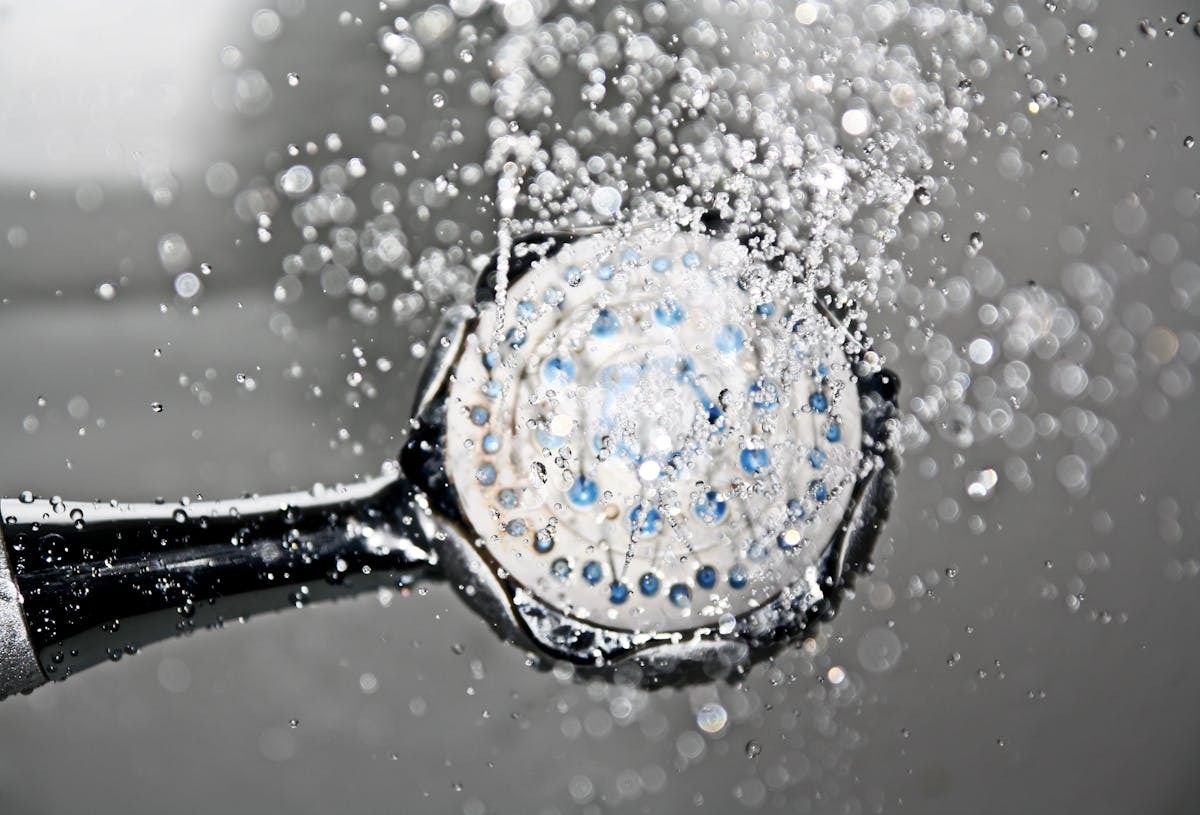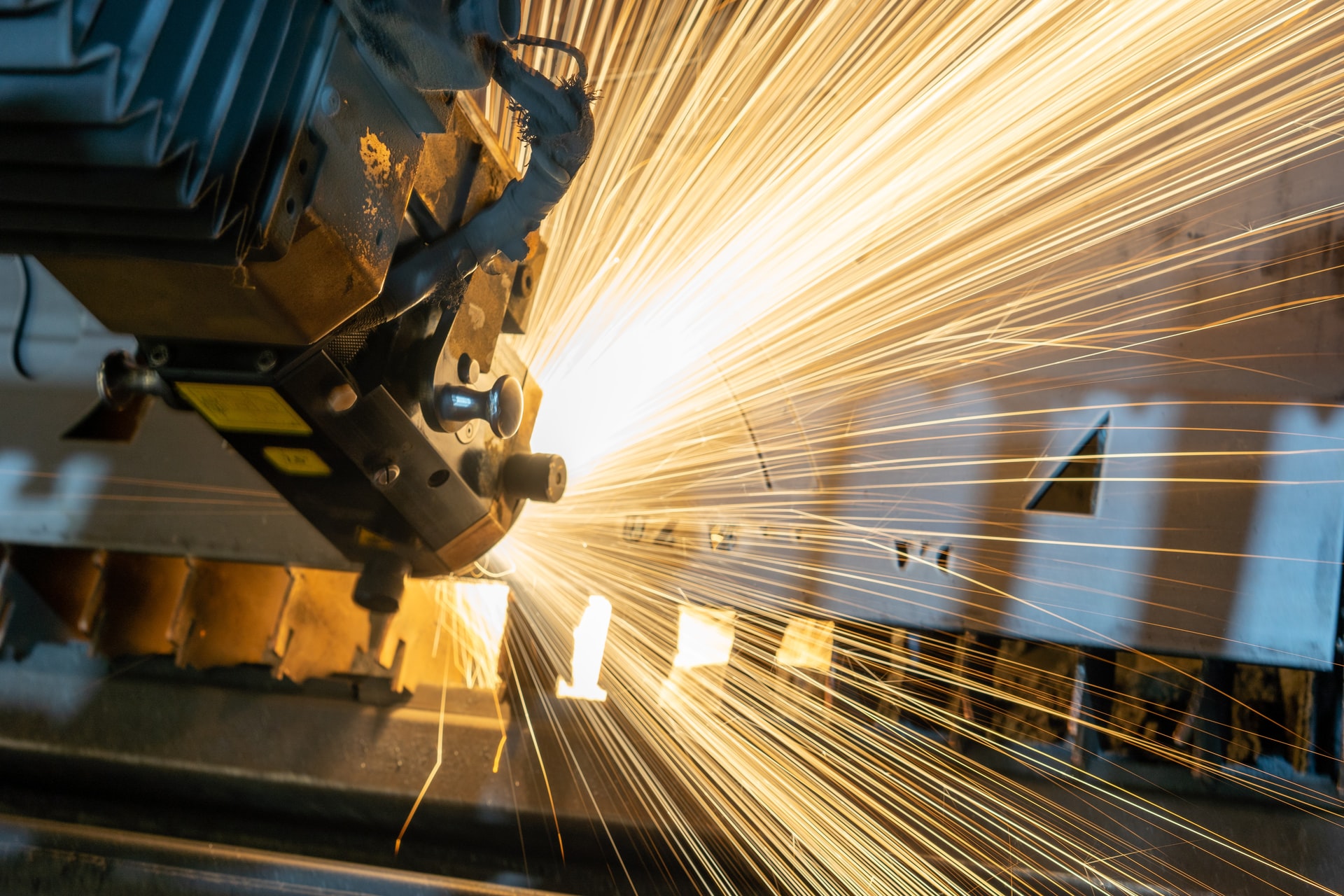
Great water pressure is no accident
___
Published Date 3/26/2024
When Apple TV’s Ted Lasso asked his low-confidence soccer team for ideas on what their new (clueless) coach could help with, one of them got in his face and growled “water pressure” — referring to the club’s weak locker room showers. When Lasso fixes the problem? Huge smiles and shock all around as the sudden force of hot water hits their faces.
Water pressure is a big deal. Where we want it most, however, is in our homes, so the question arises — how can we find out why ours is so weak and how do we fix it?
The Spruce’s resident seasoned expert Timothy Dale offers a guide as to the causes as well as the solutions.
First off, check the water pressure with a test gauge. It’s a simple device that can attach directly to the hose spigot on the outside of your home. “After screwing the test gauge onto the spigot, turn the valve on and check the reading,” Dale says. “This will indicate the current water pressure at the hose spigot, which is typically enough to confirm a water pressure issue for the home.”
Of course, it’s not uncommon to have more than one water-using appliance or fixture going at the same time. Perhaps you’re running the dishwasher, washing clothes, watering the lawn, and now you want to take a shower. The more appliances using water at the same time, the less water there will be for all applications.
“Having one or two faucets running at the same time shouldn't be enough to affect the water pressure, but the easiest way to resolve this issue is to stagger the water needs of the household throughout the day,” says Dale. “Plan to put the dishes on before leaving for work, then come home to a hot shower, prepare dinner, and put a load of laundry on.”
It is the main water shutoff valve that is responsible for controlling the flow of water into the home. If that valve is partially closed, water pressure is reduced. The valve is usually located on the main water line immediately after the water line enters the home.
“Depending on the type of valve, you may see a ball valve with a lever that moves 90 degrees or a gate valve with a handle that rotates to open and close the valve,” says Dale. “To open a ball valve, simply move the handle so that it lays in line with the water pipe. To fully open a gate valve, turn it counterclockwise until it can no longer turn, then turn it back a quarter turn to avoid potential leaks or a seized valve.”
Many homes have a water meter (located right after the main valve) used by the local utility to measure the water use for the home where you may find a water meter isolation valve installed. If the water meter valve is partially closed, then the flow of water into the home will be restricted.
How high is too high? If your water pressure is too high it can damage the faucets, shower heads, appliances, and water lines. Homes located in areas with high water pressure will typically possess a pressure regulator. If not set correctly, it could restrict the flow of the water more than necessary. You can adjust this on your own or contact a plumber to adjust it for you. “However, if the pressure regulator is set to about 50 psi, but the water pressure throughout the home is lower than this setting, then it could indicate that the pressure regulator is failing,” says Dale. “Contact a plumber to replace the faulty regulator and restore normal water pressure to the home.”
So what if the downstairs shower blows your hair back but the upstairs one dribbles like a poor stepchild? If low water pressure seems to only be affecting one or two fixtures, then there is likely an isolated cause. Aerators are intended to reduce the volume of water without changing the pressure, but dirt, rust, and limestone can build up inside the aerator, causing the fixture to restrict the flow of water. Similarly, shower heads can get clogged with debris, and even dishwasher inlet hoses can become blocked.
If the fixtures are relatively new, consider removing and cleaning them, then reinstalling them to resolve the problem. If they’e old, then it may be time to replace them.
Then there can be another culprit: your water supplier. “If your home is connected to the municipal water system, then contact the local water supplier to determine the reason behind the low water pressure. If it's something that they are in the process of fixing, then you will need to wait for the problem to be resolved,” says Dale.
Dale goes on to say that if the water lines are badly corroded or clogged with limescale buildup, then it can restrict the flow of water, leading to low water pressure problems. “Generally, galvanized steel lines will start to corrode after about 20 years. Copper pipes last for over 50 years, while brass pipes are fine for about 40 to 70 years. If the pipes in the home are approaching the end of their life, then it may be time to replace the water lines before the pipes start to leak.”
Other causes of low water pressure include a leak in the water lines, leaky pipes and even a shared water line you didn’t know existed. A qualified plumber can figure this all out. If your entire house is affected by low water pressure, check to make sure the main shut-off valve and the water meter valve are fully open. Normal water pressure is generally between 40 and 60 psi. Most homeowners prefer something right in the middle, around 50 psi.
TheSpruce, TBWS
All information furnished has been forwarded to you and is provided by thetbwsgroup only for informational purposes. Forecasting shall be considered as events which may be expected but not guaranteed. Neither the forwarding party and/or company nor thetbwsgroup assume any responsibility to any person who relies on information or forecasting contained in this report and disclaims all liability in respect to decisions or actions, or lack thereof based on any or all of the contents of this report.
View the full disclaimer and licensing details at https://homemac.com/mortgage-banker-disclaimer.


David D'Angelo
HMAC Social Media Manager
NMLS: HMAC #1165808
Home Mortgage Alliance Corporation (HMAC)
4 Hutton Centre Dr, Santa Ana CA 92707
Company NMLS: 1165808
Office: 800-900-7040
Cell: 310-980-7157
Email: info@homemac.com
Web: https://homemac.com

David D'Angelo
___
HMAC Social Media Manager
NMLS: HMAC #1165808
Cell: 310-980-7157
Last articles
___

The chicken or the egg? Buy or build?
11/8/2024
The decision to buy or build a home has become increasingly complex in today's m... view more

The bond market is calmer after several days of high volatility
11/8/2024
Yesterday Powell and the Fed lowered the FF rate by 25 bps as was widely anticip... view more

Don't Pull a Clark Griswold: Your Guide to Christmas Light Success
11/7/2024
Unlike Clark Griswold's infamous 25,000-bulb holiday mishap...... view more

Markets under heavy pressure as inflation worries increase
11/6/2024
Inflation fears running rampant this morning...... view more

Balancing deductible and premium: Always a crap shoot
11/5/2024
Insurance is simply termed as the mitigation of risk. True, you pay, and pay, an... view more

The reported US trade deficit for September was higher than expected
11/5/2024
The September Goods and Services Trade Balance was $-84.4B versus estimates of.... view more

Housing Market Shift: Listings Soar to Pre-Pandemic Levels
11/4/2024
Even if home prices have not fallen, it might be good to know that you’ve got mo... view more

Markets prepare for an extremely volatile week
11/4/2024
A nice improvement this morning, the 10 year note began down 11 bps from Friday,... view more
Load more
 Home Mortgage Alliance Corporation (HMAC)
Home Mortgage Alliance Corporation (HMAC)





































